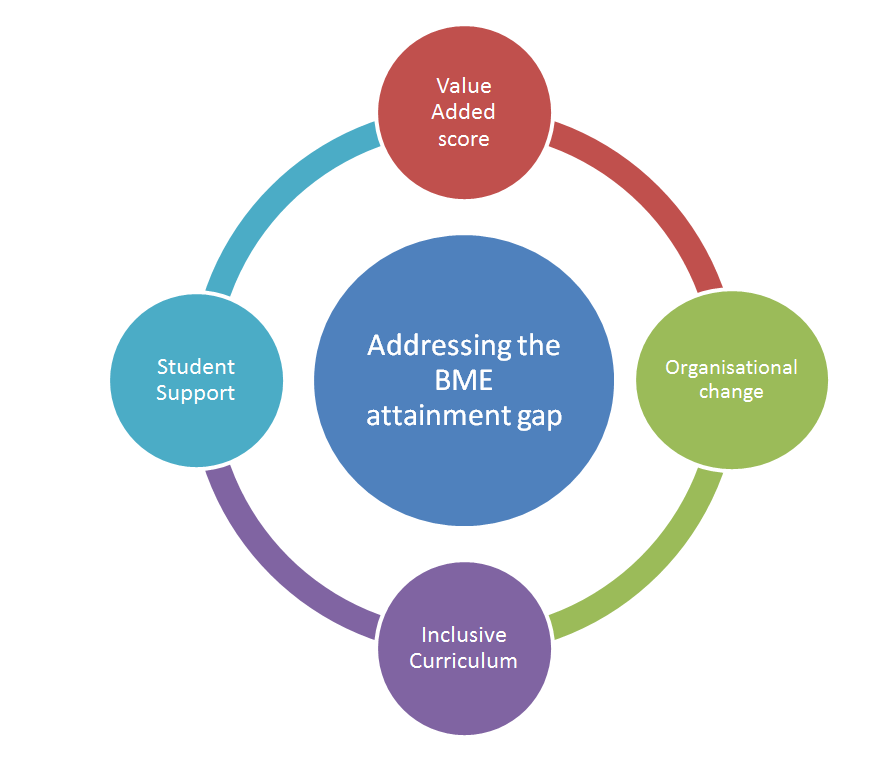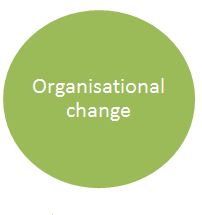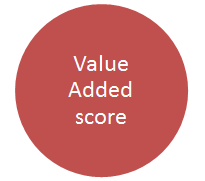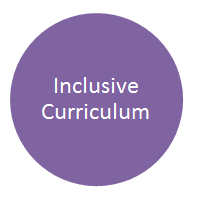
Bridging the gap and sharing the learning
"This project has been an exciting opportunity for Kingston, Hertfordshire and Wolverhampton universities to explore our approaches to the BME attainment gap and learn from each other"
Nona McDuff, Kingston University
The attainment gap in performance for Black and Minority Ethnic (BME) students is under the policy spotlight and is an increasing cause for concern in the higher education sector. Although the attainment gap has been known for some time, there is remarkably little information available about effective institutional strategic responses to ‘bridging the gap’.
The Higher Education Academy in its commitment to excellence in teaching and the improvement of learning outcomes has supported Kingston University to explore (in collaboration with University of Hertfordshire and University of Wolverhampton) effective institutional strategic approaches to closing the BME attainment gap.* This includes understanding the transferability of the value- added (VA) metric developed at Kingston (a metric that powerfully highlights differences in attainment which cannot be explained by student entry qualifications or the subject of study).
All three institutions were selected as they previously had an institutional commitment and a proven track record of institutional strategies to support BME student success. The Higher Education Academy (HEA) funded project has allowed the partner institutions to explore what works, for whom and in what circumstances and generated some excellent learning for the sector.
Working with key staff members from each institution as well as executive officers from the three students’ unions, project leads focused on the sharing of good practice between the institutions as well as identifying similarities and differences in approaches.
**For more information on the BME attainment gap see Undergraduate retention and attainment across the disciplines (2014), Higher Education Academy and Equality Challenge Unit

The project approach
The project approach to addressing the attainment gap focused on four key elements:
Each of these elements need to work together to contribute to addressing the BME attainment gap, one is not of more importance than the other. While this website has been designed to act a pool of resources where elements can be picked up independently of others, the organisational change section reflects the overall approach and could be a useful starting point.
Each element below contains a collection of information and resources that we hope will assist in addressing the BME attainment gap within your institution.


Organisational change

Value-added score
For Kingston University, a key element in addressing the BME attainment gap is the use of the value-added (VA) metric. An important part of this project was looking at the transferability of the VA score into other institutions (the VA score was developed and rolled out at Kingston University) and to see if similar success could be replicated.

Inclusive curriculum

Student support
Key contacts
Kingston University – Nona McDuff, Head of Equality, Diversity and Inclusion (n.mcduff@kingston.ac.uk)
University of Hertfordshire – Helen Barefoot, Deputy Director of the Learning and Teaching Innovation Centre (h.barefoot@herts.ac.uk) and Min Rodriguez, Head of Equality (m.rodriguez@herts.ac.uk)
Wolverhampton University – Phil Gravestock, Dean of the College of Learning and Teaching, (p.gravestock@wlv.ac.uk)
Higher Education Academy – Dr Joan O’Mahony, Academic Lead, Retention (joan.omahony@advance-he.ac.uk)